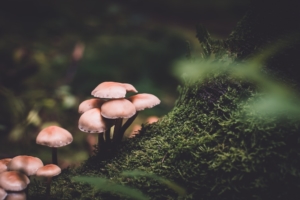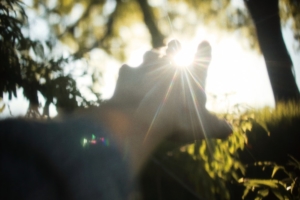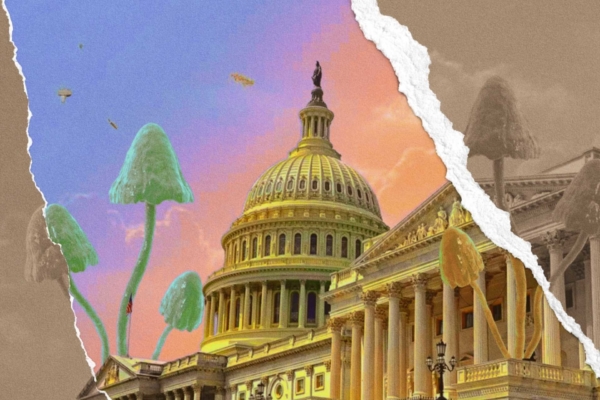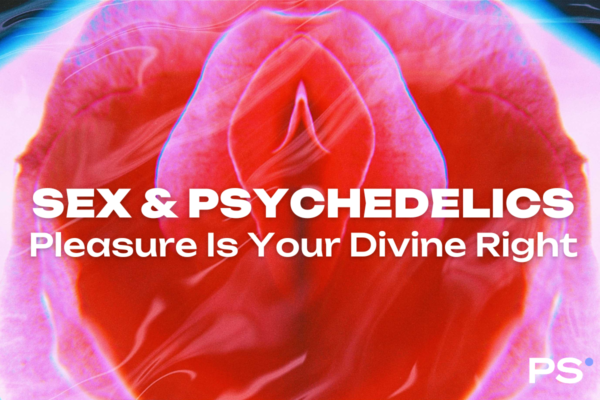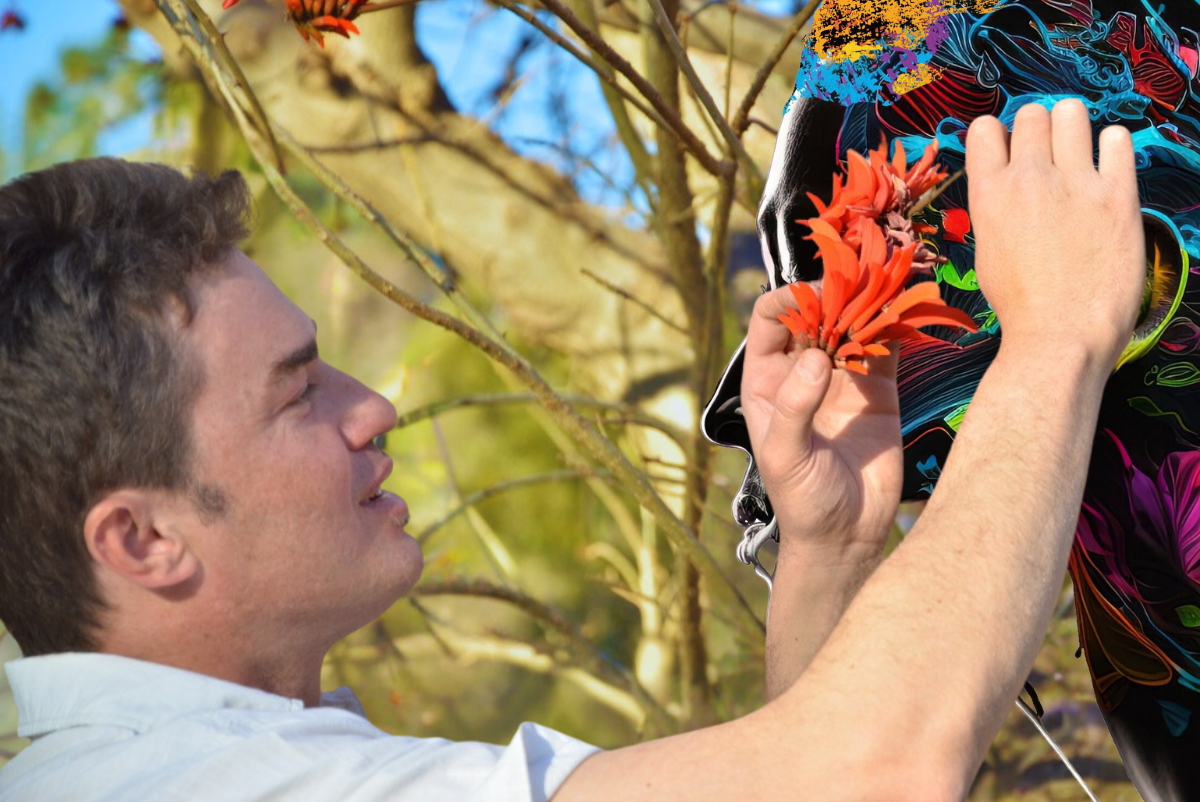
Psychoactive plant use research has been gaining momentum over the last century around the world, particularly in the Americas. Plants such as Ayahuasca, San Pedro and Peyote have rapidly become popular tools for spiritual growth and self development in the West.
But what of the use of psychedelic plants occurring elsewhere around the world? Is their use significant in other societies other than in the Americas? Are psychedelic plants a global phenomena? The classic literature on the subject such as Plants of the Gods by Schultes and Hoffman, states that Africa is poor in psychoactive plants.
Having been born and raised in South Africa, this did not make sense to me as there are such rich cultural traditions and botanical diversity in the region. Reasons given to explain this supposed disparity between the Old and New world use of psychoactive plants were that the hunter gatherer societies of the New World Americas revered and significantly utilized psychoactive and psychedelic plants as part of their vision quests and other spiritual practices, whereas it was said that Asiatic and African societies “for the most part changed from hunter gathering to pastoralism and agriculture leading to loss of a deep appreciation of psychoactive plants and their sacred use” with their use becoming forgotten with time.
Was this true, I asked myself?
African Fieldwork Research on Psychoactive/Psychedelic Plants
While doing my B.Sc and Anthropology at Wits University in Johannesburg, South Africa in 1999, I became increasingly curious as to whether the traditional healers in South Africa were also using plants like Ayahuasca in their healing practices.
This set me off to do my own fieldwork to answer the question: Are African traditional healers using visionary entheogenic plants in order to assist their spiritual healing practices?
I began my journey by visiting the local traditional healers who lived in the nearby black “locations” (black African neighborhoods created through the Group Areas Act of the Apartheid regime, to enforce racial segregation). Here, I soon heard of a plant called the San poison bulb or Boophone disticha being used to see what is called imibono or visions in Zulu. A carefully metered out dose of the boiled bulb is given to patients to drink for them to see the ‘television’ or the mirror.
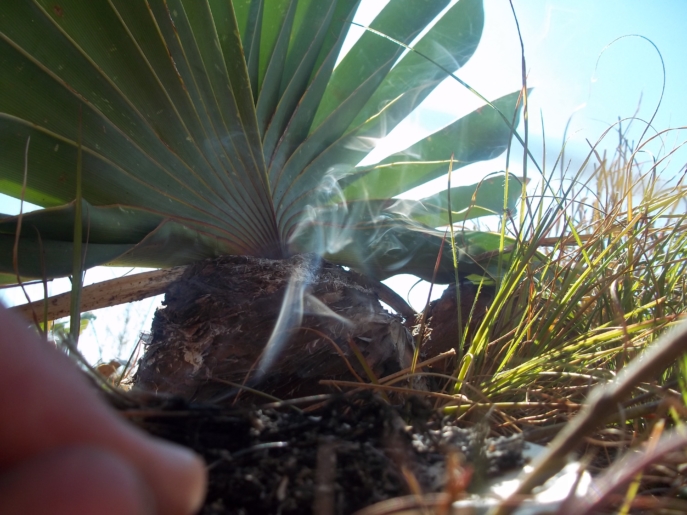
The San poison bulb or Boophone disticha being used to see what is called imibono or visions in Zulu.
This plant is however toxic, so toxic that it should NEVER be experimented with, without the guidance of a traditional healer, because of its narrow lethal toxicity margin range between being a visionary medicine and a fatal poison. This plant is administered by specialist traditional healers who know how to work with the plant after many years of training and experience. “How many more plants were there that had similar uses?” I thought excitedly.
At the same time I conducted an extensive literature review, that took me to visiting the University of the Witwatersrand where I reviewed old dust covered African ethnographies in the William Cullen library basement from the 1930’s. I found, scattered throughout the ethnobotanical and anthropological literature, forgotten with time, mentions of African magical plants used by initiates to “cross the river” of consciousness.
While reviewing this literature, I picked out any mentions of plant medicines that had an action or activity on the nervous system: that is to stimulate, sedate, improve memory, facilitate divination, cause visions or induce dreaming. I spent months doing this work that was an amazing adventure. I felt like a kid in alchemical candy store.
This long study finally resulted in the publication of my new book: African Psychoactive Plants. Journeys in Phytoalchemy available on Amazon, which documents over 300 species of plants being used for psychoactive purposes in African traditional medicine; the first comprehensive inventory of psychoactive plants from the continent. This includes plants with sedative, stimulant, memory enhancing and visionary entheogenic uses amongst others, for treating various conditions such as; Alzheimer’s, dementia, insomnia, epilepsy, stress, anxiety and depression.
Some of the African psychoactive plants include:
- Brachylaena elliptica (selathi) (Zulu)]. The Zulu use the roots to treat hysteria in South Africa.
- Cussonia paniculata [umsenge (Zulu)]. The Sotho use the leaf for treating early nervous and mental diseases in South Africa. Used across South Africa to treat mental disorders.
- Helichrysum decorum [imphepho (Zulu)]. Smoke from burning plants is inhaled by the Zulu diviners (izangoma) to induce a state of deep relaxation used when divining.
- Hypoxis hemerocallidea [inkomfe (Zulu)]. Corm infusions are used to treat insanity in South Africa.
- Turraea floribunda [wild honeysuckle tree, umadlozana (Zulu)]. Roots are used by diviners to enter the “neurotic” state needed for divining dances.
- Lannea schweinfurthii [mulivhadza (Venda)]. The hairy roots are used as a sedative snuff by the Venda people. Further study on potential toxicity is required.
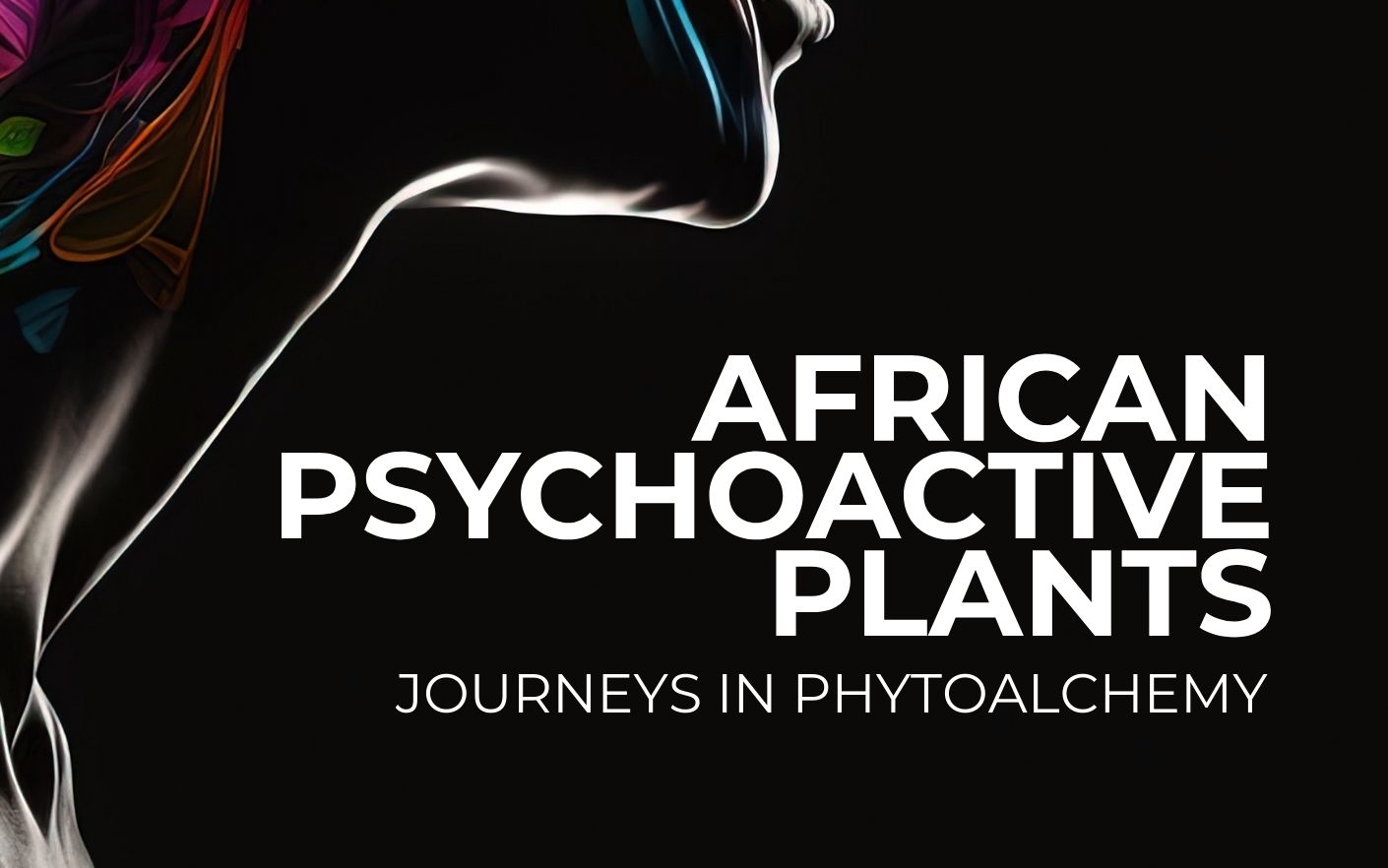
Magical African Plant Medicines
One of the most inspiring papers I found that really made an impression on me was the accounts of a priest named Father Laydevant and his 1932 paper titled Religious or sacred plants of Basutoland.
In this classic paper, Laydevant explored the internal use of plants in the initiation of Sotho diviners, many of which he indicates as having possible psychoactive effects.
Laydevant described various plants that were used in special ‘horn medicines’- medicines that are kept in animal horns worn on the person, that he suggested were psychoactive. Some of the species mentioned and identified, I recognized as having psychoactive uses in South American shamanistic traditions that included for instance, from Sobiecki (2008): “Cyperus fastigiatus, mothoto (Sotho) is used as a whole plant ingredient of a special horn-medicine used in the Sotho diviners initiation ceremonies, while Cyperus species are used in South America as hallucinogens by the Jivaro Indians, and as admixtures in other hallucinogenic brews, by the Yagua Indians of the Peruvian Amazon. Cyperus species are known to be used in love charm medicines in the Amazon and exert their effects most likely through the indole alkaloids they contain.”
Another interesting mention by Laydevant is that of Myosotis afropalustris [sethuthu (Sotho), lephukhuphukhu (Zulu)] (one of the forget-me-not’s). It is used by the Sotho for treating hysteria and in the training of indigenous healers to develop their memory (Watt & Breyer-Brandwijk 1962). With ingestion, this plant has been reported as producing a mildly stimulating ASC that Sotho diviners use to divine with. It appears that Myosotis has a significant use in Lesotho for opening up the diviner in a way that MDMA does- what is called an entactogen.
A Cross Cultural Technology of Using Psychoactive Plants for Self Growth and Development
While doing this research, I found how very similar categories of psychoactive initiation plants (and even sometimes the same species) were being used sequentially by both the Southern African traditional healers and those of the South American curandero shamans, to the point that there may well be a cross cultural technology of using psychoactive and psychedelic plants in order to bring about self growth and transformation.
These medicine categories include:
I) Cleansing
II) Psyche-intuition opening
III) Strengthening, and lastly
IV) Protection
In the Southern African case, medicines are used to disrupt old patterns of behavior (ubulawu), after which medicines for relaxing and grounding the insights were given (red tree medicine decoctions) to give a chance for the student to anchor the new insights, and to grow and learn. Exploring these categories can indicate important themes in the integration process of using psychedelic medicines. Much can be learnt from traditional African healers about psychedelic integration that requires further enquiry and fieldwork.
Africa can no longer be seen as to be devoid of visionary plants – quite the opposite in that rich traditions of psychoactive plant use have existed here for a long time and requires further study and documentation before they are truly lost with the failure to pass on orally transmitted knowledge from the older generations to the younger generations which is fast becoming frayed and fragmented with time.
References
Sobiecki, J. F. (2008). A review of plants used in divination in Southern Africa and their psychoactive effects. Southern African Humanities, 20, 333-51.
Sobiecki, J.F. (2023). African Psychoactive Plants. Journeys in Phytoalchemy. First edition, 2023. ISBN:978-0-6397-6385-9 https://www.amazon.com/dp/0639763855 Watt, J.M., & Breyer-Brandwijk, M.J. (1962). The Medicinal and Poisonous Plants of Southern and Eastern Africa. Second edition. Edinburgh: E. & S. Livingstone.

